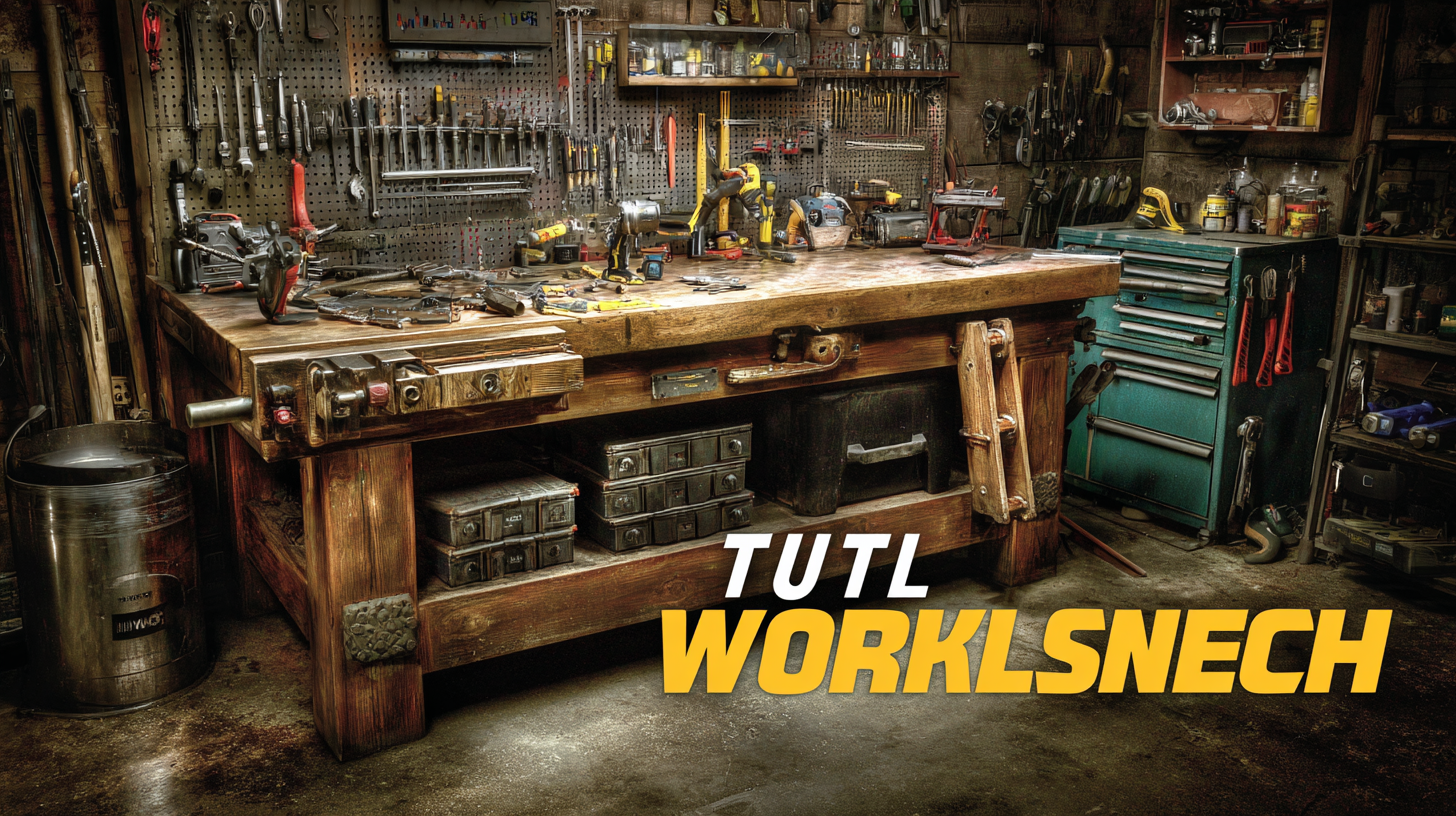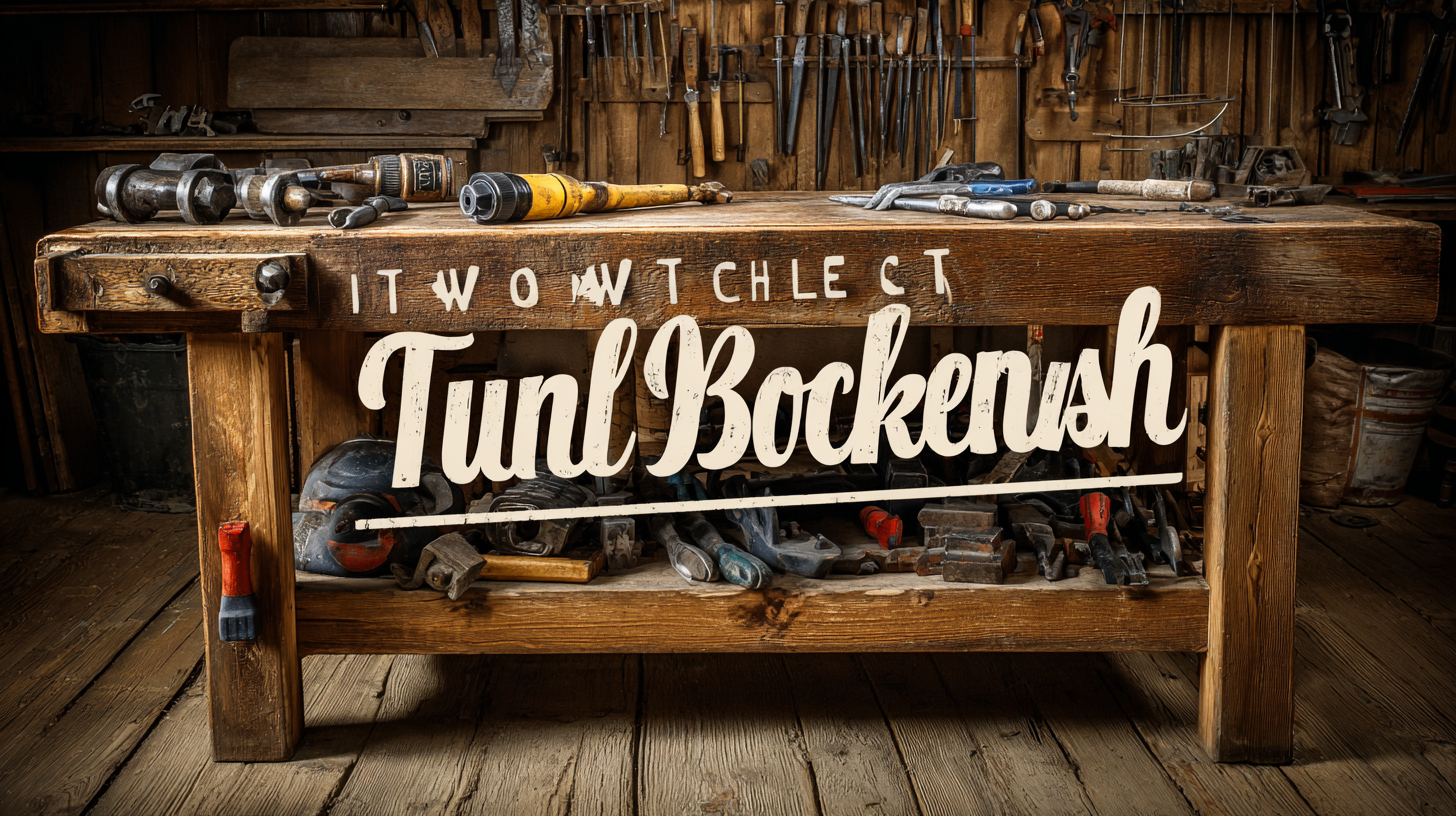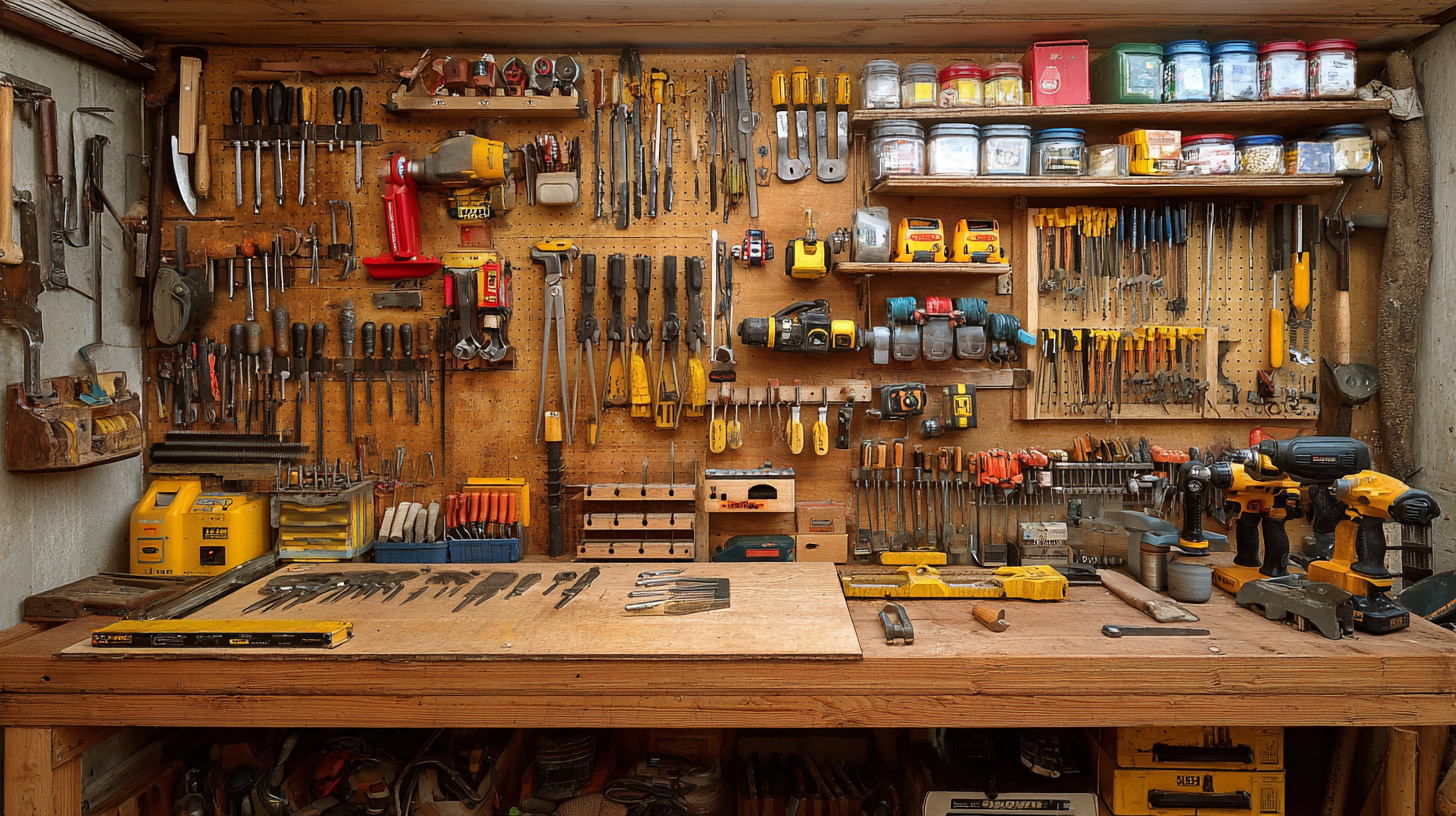Send Inquiry CYJY
We Would Be Happy To Serve You

Ultimate Checklist for Choosing the Best Tool Workbench for Your Workshop Needs
In today's fast-paced manufacturing landscape, the importance of an efficient workspace cannot be overstated. According to a recent industry report by the Association for Manufacturing Technology, nearly 75% of manufacturers believe optimizing their workspace directly enhances productivity and safety. A crucial element of this optimization is the Tool Workbench, which serves as the centerpiece for various tasks, from assembly to maintenance. Selecting the right Tool Workbench, tailored to your specific workshop needs, can significantly impact workflow efficiency and overall operational success. With the introduction of smart technologies and ergonomic designs, today's Tool Workbench options are more advanced than ever, making it essential to analyze factors such as durability, versatility, and adaptability to ensure you make the best investment for your workshop.

Key Factors to Consider When Selecting a Workbench for Your Workshop
When selecting the best workbench for your workshop, there are several key factors to consider that can significantly enhance your productivity and organization. First and foremost, assess the size and layout of your workshop space. A compact design may be beneficial for smaller areas, while larger workshops may accommodate larger, more robust workbench options. Additionally, the height of the workbench is crucial; it should be ergonomically suitable for your tasks to reduce strain and enhance comfort during long working hours.

Another vital aspect to consider is the material and construction of the workbench. Durable materials like hardwood or metal can provide the stability and longevity needed for heavy-duty tasks. Furthermore, consider the storage features of the workbench. Integrated shelves, drawers, or pegboards can help streamline your tools and supplies, keeping your workspace organized and efficient. Ultimately, the right workbench should align with your specific needs and workflow, enabling you to maximize your workshop's potential.
Types of Workbenches: Which One Suits Your Needs Best?
When it comes to choosing the best workbench for your workshop, it's essential to understand the various types available and which one suits your needs. The two primary categories are
traditional workbenches and multifunctional designs. Traditional workbenches are typically sturdy and built for woodworking, offering features like vices and an expansive surface for large projects.
On the other hand, multifunctional workbenches are designed to accommodate various tasks, often including adjustable heights and mobility features, making them versatile for different workshop needs.
Tips: When selecting a workbench, consider your primary projects and workspace. For woodworking, a heavy-duty bench with ample space is crucial, while those wanting more flexibility might prefer a lightweight, mobile option.
Also, assess the storage capabilities; built-in drawers or shelving can significantly enhance your workflow by keeping your tools organized and accessible.
Additionally, pay attention to the materials of the workbench. For durability, look for solid wood or heavy-duty metal that can withstand wear and tear. A workbench that allows customization, such as adding attachments or extensions, can provide long-term value as your needs change.
Choose wisely, and your workbench will serve as a solid foundation for many projects to come.
Essential Features of a High-Quality Workbench for Maximum Efficiency
When selecting the best tool workbench for your workshop, focusing on essential features can significantly enhance efficiency. A high-quality workbench typically includes a sturdy construction, often made from hardwood or laminate, to withstand daily use and provide durability. According to recent industry reports, workbench stability contributes to approximately 30% of overall productivity in workshop settings. A solid work surface minimizes vibrations and ensures precise work, which is crucial for tasks ranging from woodworking to metalworking.
Moreover, incorporating features like adjustable height and built-in storage solutions caters to diverse user needs and preferences. Research indicates that ergonomic work environments can reduce fatigue and increase productivity by up to 20%. Additional functionalities, such as integrated power outlets and tool organizers, streamline workflow and keep the workspace uncluttered. As industries continue to innovate towards better efficiency, the right workbench becomes an indispensable asset, transforming workshop capabilities and fostering creativity while adhering to contemporary ergonomic standards.
Materials and Durability: Choosing the Right Construction for Your Workbench
When selecting a workbench, the materials and durability are crucial considerations that directly impact performance and longevity. Wood, metal, and composite materials each offer unique advantages. Solid hardwoods, such as maple or oak, provide stability and strength, making them ideal for heavy-duty tasks. Meanwhile, steel or aluminum workbenches add a modern touch and are resistant to damage, though they may be more prone to scratching. Understanding the pros and cons of each material can help you find a workbench that fits your workshop needs effectively.
Tip: Consider how much weight your projects typically involve. If you're working with heavier materials, choose a workbench with a sturdy frame and a thick work surface to withstand wear and tear.
Durability is also influenced by the construction quality. Look for features like reinforced joints, robust legs, and high-quality finishes that resist stains and scratches. A well-constructed workbench can endure the challenges of a busy workshop, from woodworking to metal fabrication.
Tip: Always check for warranty options. Reputable manufacturers often provide warranties that reflect the durability of their products, ensuring you invest in a workbench designed to last.
Ultimate Checklist for Choosing the Best Tool Workbench for Your Workshop Needs
Space Optimization Tips for Installing Your Workbench in a Workshop
When it comes to optimizing space in your workshop, selecting the right workbench can make all the difference. According to a report by the National Association of Home Builders, a well-organized workshop can increase productivity by up to 50%. Therefore, it is crucial to assess the size and layout of your workspace before investing in a workbench. Consider utilizing corner spaces or wall-mounted options if floor space is limited. This will allow you to maximize your usable area while keeping essential tools within easy reach.
In addition, integrating storage solutions into your workbench design is vital for maintaining order and efficiency. Data from the American Institute of Architects suggests that clutter management strategies can improve workflow dynamics significantly. Look for workbenches that feature built-in drawers, shelves, or pegboards to store tools and materials. Not only does this streamline your workspace, but it also fosters an environment that encourages creativity and effective project management, ultimately allowing you to focus on your craft rather than searching for misplaced items.

